#Setonix brachyurus
Explore tagged Tumblr posts
Text
theyre so :3




animal: quokka
(setonix brachyurus)
#randomcreatureposting#quokka#setonix brachyurus#animal posting#animals#animal#marsupial#marsupials#mammal
35 notes
·
View notes
Video
Setonix brachyurus (Quokka) by Mark Sanders
6 notes
·
View notes
Text
Critter fact #21:

The Quokka (Setonix brachyurus) is the only species in its genus. These adorable critters are around the same size as a cat.
7 notes
·
View notes
Text
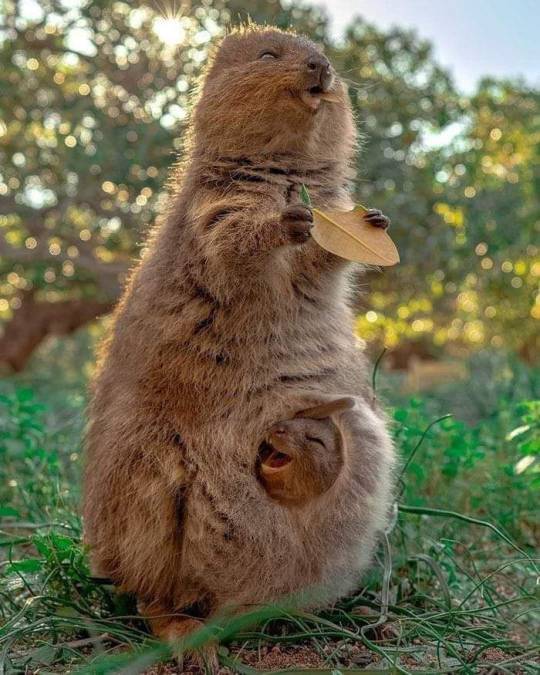
quokka (/ˈkwɒkə/) (Setonix brachyurus) is a small macropod about the size of a domestic cat. It is the only member of the genus Setonix. Like other marsupials in the macropod family (such as kangaroos and wallabies), the quokka is herbivorous and mainly nocturnal.
156 notes
·
View notes
Text

Animal of the Week #4
Quokka (Setonix brachyurus) - Vulnerable
Often referred to as "the happiest animal" the Quokka has become famous for it's adorable, rolly-polly looks and ever-smiling face. But there's much more to this animal than just it's good looks!
Quokkas are the only species within the genus Setonix, but being marsupials they are in the family Macropodidae and they are closely related to Kangaroos and Wallabies.
Like other marsupials, Quokkas give birth to a single small, undeveloped joey which spends about 6 months inside the mother's pouch, and then stays with the mother outside of the pouch for another 6 months before going off on it's own. But sometimes, it's not always safe with mom. Female Quokkas have been known to throw their joeys out of their pouches when being pursued by a predator, in the hopes that the predator will be distracted by the helpless joey, allowing the mother to escape.
Endemic to South-Western Australia, Quokkas were once quite prevalent on the mainland and several surrounding islands. But due to habitat loss, invasive predators such as foxes and cats, and devastating wildfires, Quokkas now only inhabit three main areas on the mainland.
There is a population in the northern jarrah forest (north of Perth), some in fragmented preserves around Albany, and in the southern forest between Nannup and Denmark. However the largest populations are now on two islands: Rottnest Island (near Perth) and Bald Island (near Albany). Currently the total Quokka population is around 7,500-15,000 mature individuals, which is a decline of around 50% within the last few decades.
So far it seems that the best method of conserving the Quokka is by reducing the invasive fox populations, and preventing the spread of wildfires in their remaining habitat. But more studies are being done to insure that "the happiest animal" will remain smiling well into the future.
#nature#animals#biology#animal facts#fun facts#cool facts#cool#conservation#Quokka#australia#marsupial#cute
5 notes
·
View notes
Text
Los animales pueden variar desde su tamaño, color, especie, entre otras cualidades, la ternura es una de ellas, te presento alguno de los animalitos mas adorables del mundo:
Ajolote mexicano (Ambystoma mexicanum)
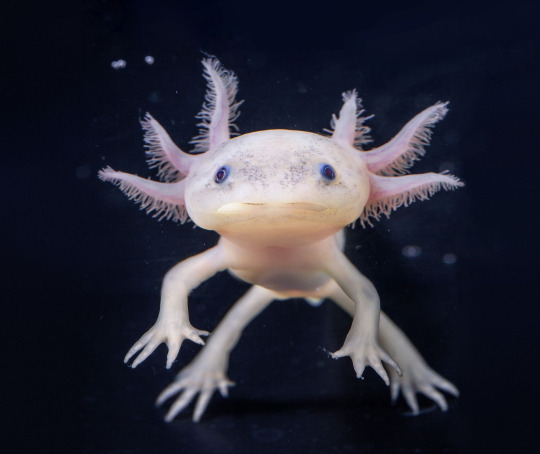
Gato de las arenas (Felis margarita)
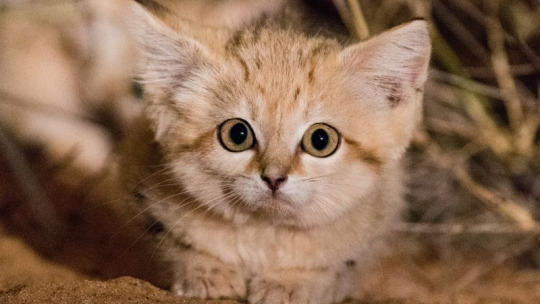
Nutria marina (Enhydra lutris)
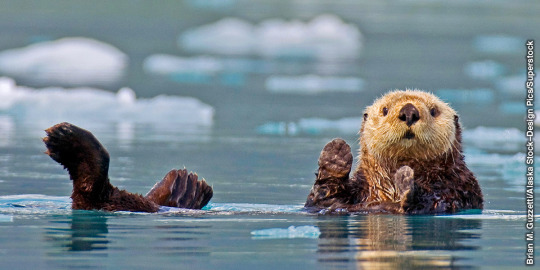
Panda rojo (Ailurus fulgens)
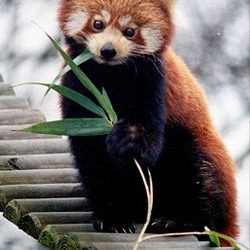
Quokka (Setonix brachyurus)
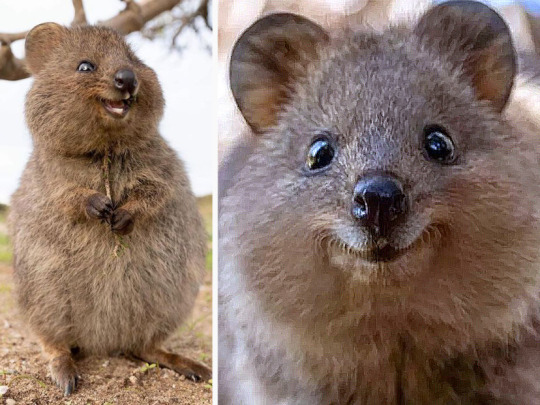
Conejo de Angora (Oryctolagus cuniculus)
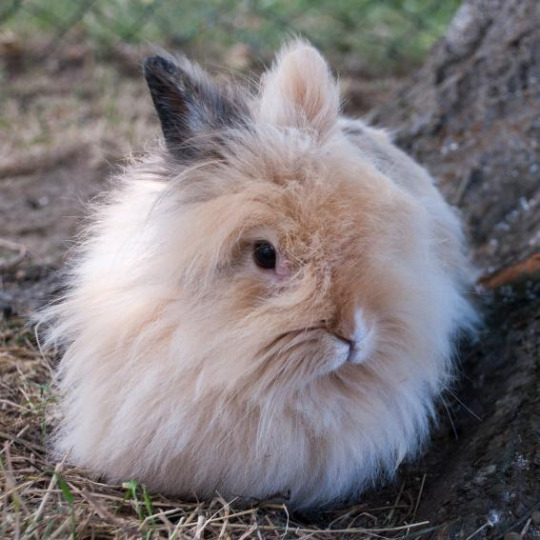
3 notes
·
View notes
Photo
Quokka (Setonix brachyurus)

307K notes
·
View notes
Video
vimeo
Gilbert´s Potoroo Radio-Tracking Expedition. February 2024. from Javier Delgado Esteban on Vimeo.
Over a fortnight, a rigorous radio-tracking study was conducted on the critically endangered Gilbert's potoroo or Ngilkat (Potorous gilbertii) within the confines of Two Peoples Bay Nature Reserve.
The project involved two cohorts, each comprising twelve volunteers, who diligently worked nocturnally for seven consecutive days. Their primary objective was to monitor the nocturnal activities of four individual animals previously radio-collared using advanced radio-tracking techniques.
The project is a collaboration with @ParksAndWildlifeWA and funded by Gilbert´s Potoroo Action Group (GPAG) @PotorooOrg 2019 State Natural Resource Management Program Western Australia grant.
It will help the Department of Biodiversity, Conservation and Attractions (DBCA) learn more about the Potoroo's habitat use and movement patterns, particularly in areas burnt in the catastrophic fire in 2015 at Two Peoples Bay Nature Reserve, South Western Australia.
Thanks to Dr Tony Friend, Research Associate with DBCA/Parks and Wildlife Service, Western Australia for organising and managing the project.
Gilbert's potoroo or Ngilkat (Potorous gilbertii) is Australia's most endangered marsupial, the rarest marsupial in the world, and one of the world's rarest critically endangered mammals, found in south-western Western Australia.
It is a small nocturnal macropod that lives in small groups. It was thought to be extinct for much of the 20th century, having not been spotted for around a century, until its rediscovery in 1994. The only naturally located population is found in Two Peoples Bay Nature Reserve in Western Australia, where they co-exist with other marsupials such as quokkas (Setonix brachyurus), but in 2015 a huge fire destroyed 90% of their habitat.
Small insurance populations were established at Bald Island, off Albany, and more recently on Middle Island, off Esperance, all on the southern coast of Western Australia. Numbers have increased in recent years, and as of December 2023, the entire population was estimated to comprise around 150 individuals, with 20+ on Middle Island, 100 on Bald Island, between 25 and 30 at a purpose-built enclosure in Waychinicup National Park in 2010 and around 10 at Two Peoples Bay (also known as the Mt Gardner population).
0 notes
Text

tanabata🎋the Star Festival
「I wished to become a powerful panda that can bring smiles to people all around the world.」 「You are already making everyone smile.」
2 notes
·
View notes
Text
Transgendered or intersexual individuals of various types are also found in several species, including Red Kangaroos, Euros (Macropus robustus), Tammar Wallabies (Macropus eugenii), and Quokkas (Setonix brachyurus). Some of these individuals have female body proportions and external genitalia, female or combined male-female internal reproductive organs, a scrotum, and absence of a pouch and mammary glands. Others have male reproductive organs, intermediate or female body proportions, and a pouch and mammary glands.
"Biological Exuberance: Animal Homosexuality and Natural Diversity" - Bruce Bagemihl
#book quote#biological exuberance#bruce bagemihl#nonfiction#transgender#intersex#red kangaroo#macropus rufus#euro#wallaroo#macropus robustus#tammar wallaby#macropus eugenii#quokka#setonix brachyurus#reproductive organs
2 notes
·
View notes
Video
Quokka by Henk Tobbe Via Flickr: A marsupial ("Setonix brachyurus") common on Rottnest island, living in the wild but easier to catch for a photo in the main street.
0 notes
Photo
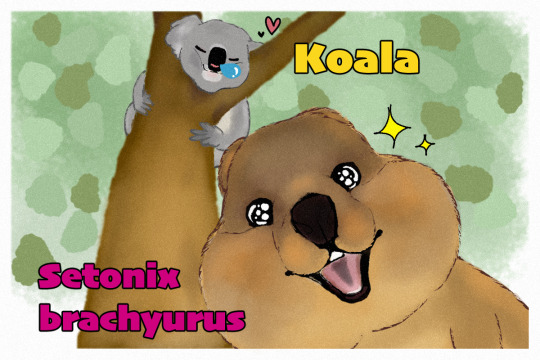
クアッカワラビー(クオッカ)・コアラ / Setonix brachyurus, Koala
オーストラリアの山火事がコアラ・クワッカワラビーを襲う!
#クアッカワラビー#クオッカ#コアラ#setonix brachyurus#koala#illustration#animal illustration#絶滅危惧種#endangered species
2 notes
·
View notes
Photo
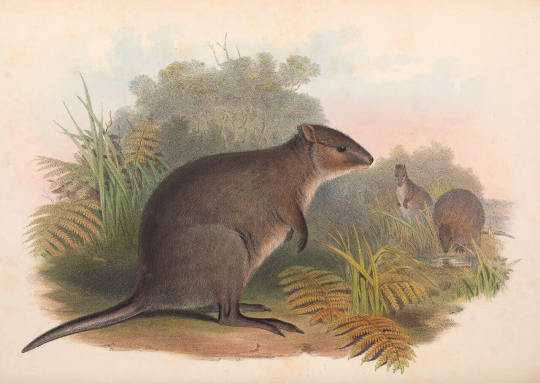
Quokka (Setonix brachyurus) | Biodiversity Heritage Library | Flickr (Dominio public)
1 note
·
View note
Photo

Quokka (Setonix brachyurus)
Photo by Jon Atkinson
#quokka#setonix brachyurus#setonix#macropodinae#macropodidae#macropodoidea#macropodiformes#diprodontia#australidelphia#marsupialia#metatheria#mammalia#tetrapoda#vertebrata#chordata
6 notes
·
View notes
Photo

#Quokka#Setonix brachyurus#animals#world#marsupial#Chordata#Mammalia#Marsupialia#Diprotodontia#Macropodidae
6 notes
·
View notes
Photo


クオッカを初めて見た
かわいい以外の言葉を失った
そういうことがたくさんあった動物園だった
絶対にまた行きたい
@埼玉県こども動物自然公園
I saw quokkas for the first time. I'm at a loss for words other than cute.
There was a lot of that in this zoo.
I definitely want to go again.
@Saitama children's Zoo Park
#埼玉県こども動物自然公園#Quokka#クオッカ#Setonix brachyurus#mammal#Short-tailed pademelon#Short-tailed wallaby#wallaby
30 notes
·
View notes
